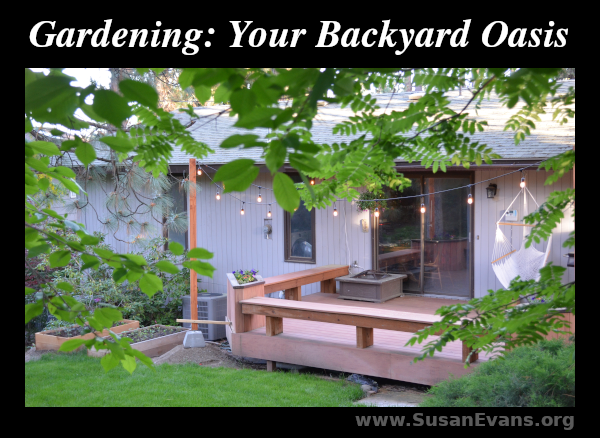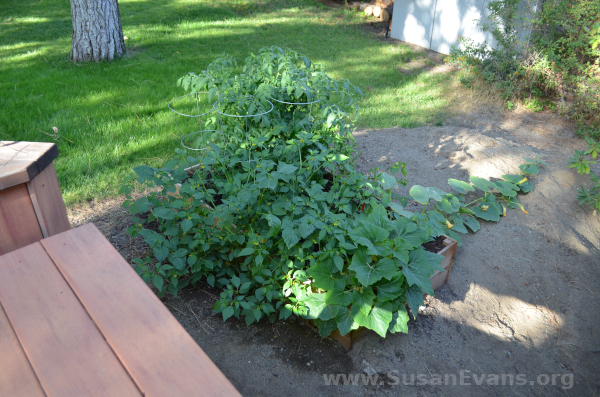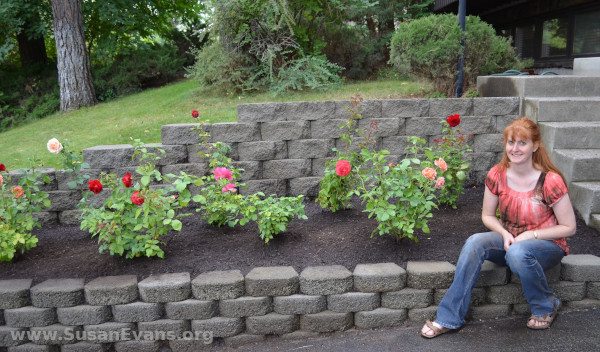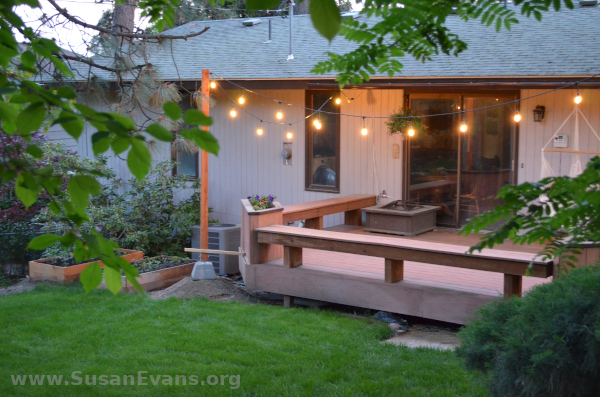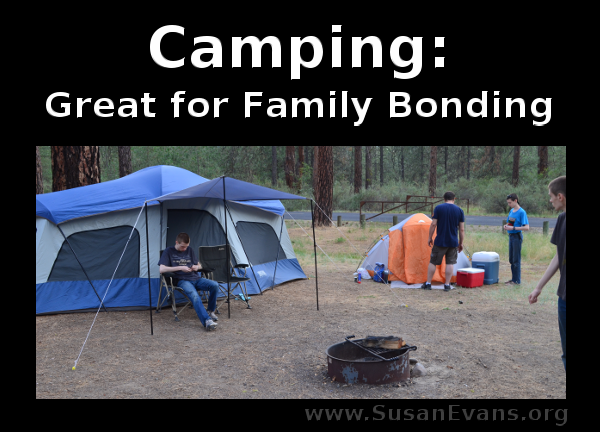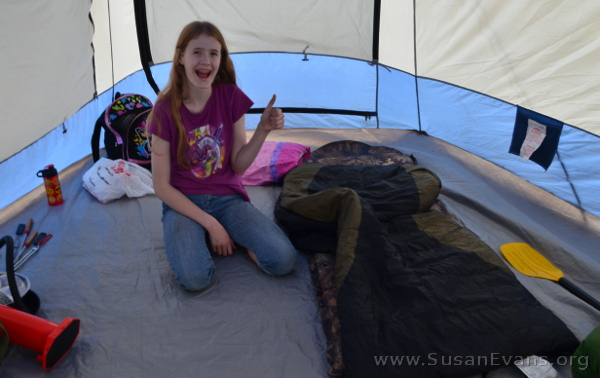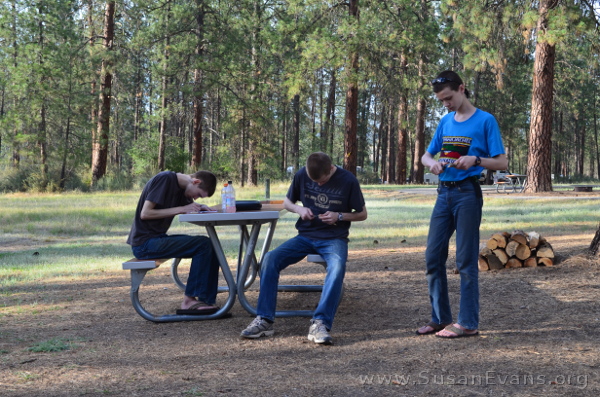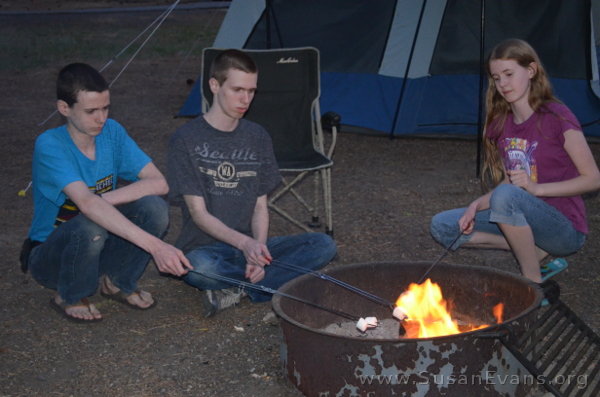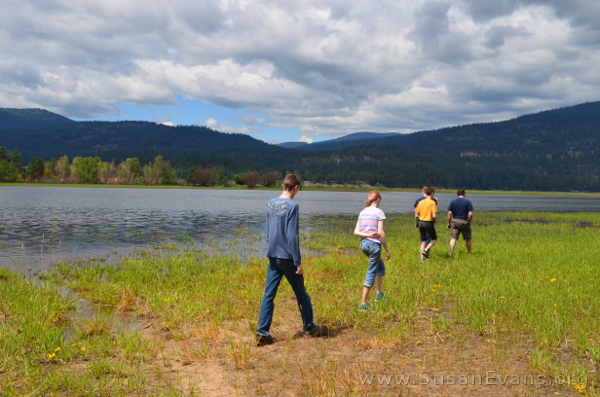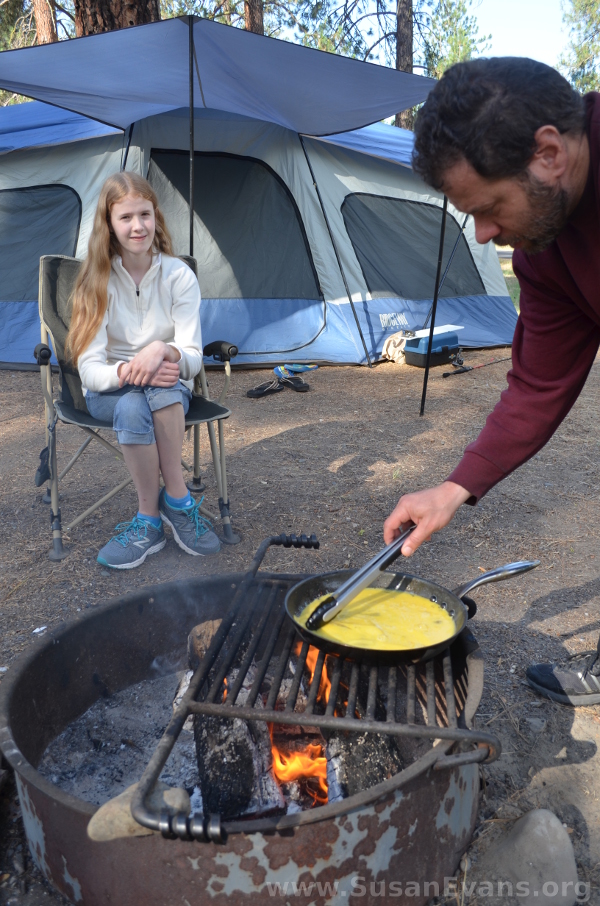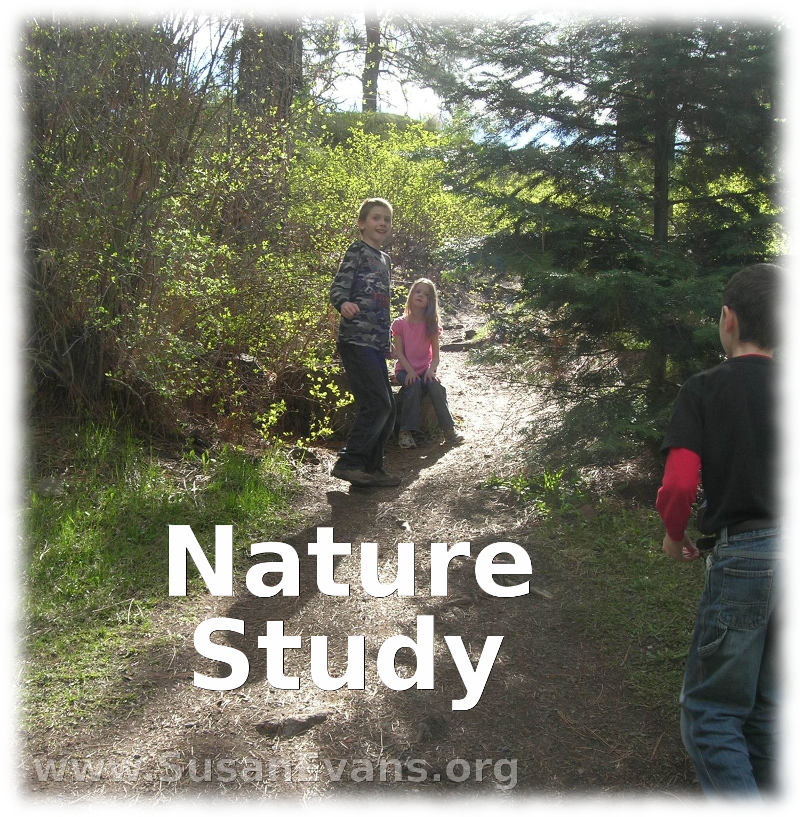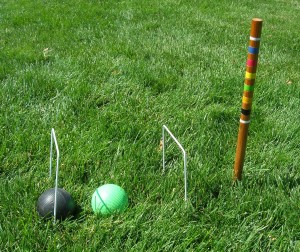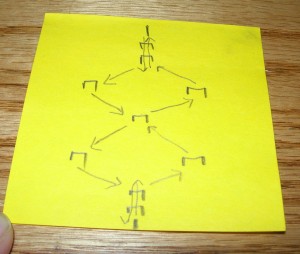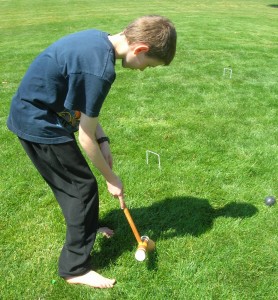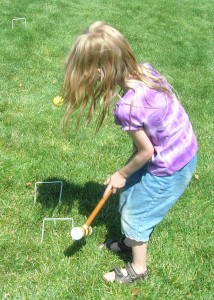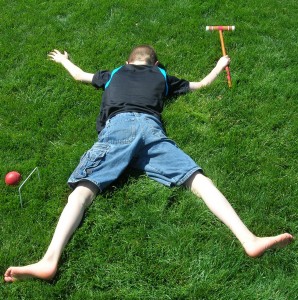How would you like to create a backyard oasis? Everyone needs more of nature, and gardening is calming for your body and mind. When you sit on your porch, what do you see? With a little effort and a few tips, I will show you how to improve your outdoor space.
Gardening: Your Backyard Oasis (video demonstration)
Make a beautiful haven where you can sit and pray or think about life, and get away from it all. I started filming this video near the end of April, and now it’s the end of May. So I show the progression of the backyard, awakening from the winter, and blooming into the spring and summer.
We also hung lights around the backyard deck for the first time, changing the atmosphere in the evenings to a festive experience, which I will show you by the end of the video.
Vegetable Garden Tips
The first tip for vegetable gardens is to have raised beds so that you can dump really good soil into them. When I first moved into this property 20 years ago, I didn’t know that the soil was not good for growing anything. Not only was it too sandy with rocks (look at the dirt that I’m sitting on in the video), but the 23 pine trees on our property make the soil acidic. Furthermore, most of my backyard is in shade because of the trees.
I love the fact that my backyard looks like the woods. But eventually I realized that the only way to improve my yard was to grow mostly shaded plants. Tip #2 for a vegetable garden, then, is to try to find a place where there is sun. We finally found a place (that used to be a dirt pile) to the right of our deck.
Last year we only had one raised bed, as you can see in the picture below. I didn’t know how large the plants would grow, so I overcrowded it. For this reason, even though there were lots of leaves, the plants didn’t produce much fruit.
So tip #3 for a vegetable garden is not to overcrowd the plants. Leave space between the plants. Then the roots won’t be competing for the nutrients in the soil with any other plants, and the sun can shine on all the leaves of each plant.
Tip #4 would be to give the vegetable garden a good watering every day, especially when the plants are young.
Tip #5 is to have tomato cages for the tomatoes, and if you are growing beans or other vines, place the raised bed next to a fence so they have something to crawl up. Next year I might add a third bed next to the chain link fence just for this purpose. This year all I needed was the tomato cages to re-enforce the stems of the tomato plants, so they don’t topple over or break with the wind.
Tip #6 is to pick off any dead leaves that you see. This keeps the plants healthy.
Perennial Garden Tips
At the beginning, the perennial garden didn’t look like much. When removing the pine needles and dead leaves, we saw a few green perennials coming up. (Perennials are flowers that come up year after year.) We trimmed the bushes, pulled some weeds, and amended with good soil. After a month of watering the garden, it looked beautiful!
This perennial garden is right outside the bay window of my dining room, so it can be enjoyed every time we sit down to eat a meal.
Rose Garden Tips
My rose garden is in the front yard, but I thought I would include it in the gardening that we do. I show you in the video how to prune the rose bushes after uncovering them from the winter. We also put rose fertilizer on each bush. Roses are my favorite flower, so I really love this garden!
The back porch looks lovelier this year than ever, since my husband hung lights on poles bolted down to blocks of cement. (I show you a close-up of the base of these poles in the video.) My husband placed a hook on the top of each pole, and strung white lights. It feels like I am in Europe, where I traveled and lived before I was married. It makes me feel so much joy!
Here are some other gardening posts you might like:
